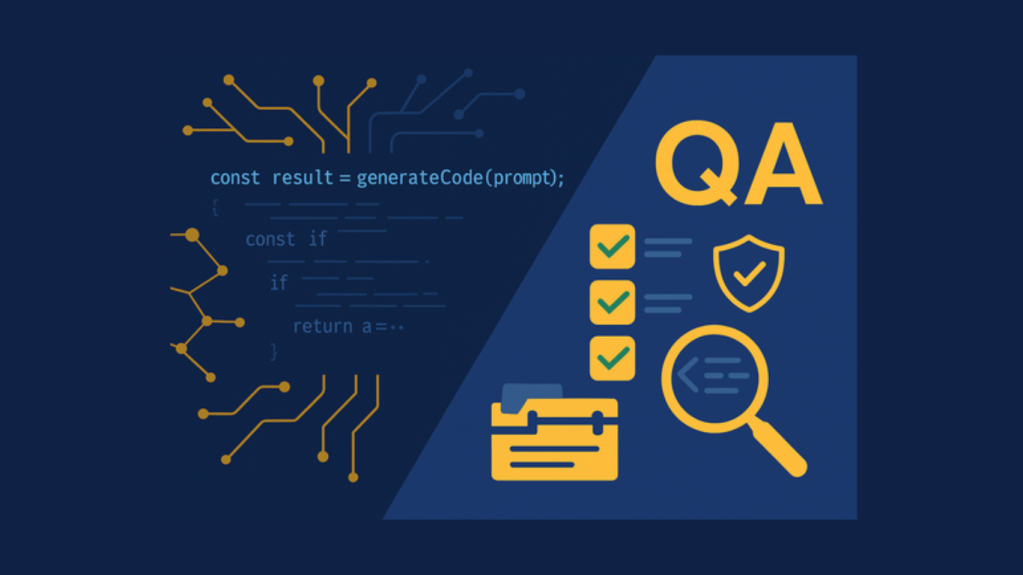Non-profits rely on the generosity of others to fulfill their mission. From individuals to corporate contributors, non-profits get help from others to do good works.
So it makes sense that marketing is important to non-profits. Getting the word out to the organization’s core audience, making them aware of programs and need, and filling them in on work and successes is a cycle that keeps support and donations coming in.
Of course, marketing can be a challenge with a non-profit’s budget. Being frugal is important to ensure that the greatest amount of resources go to meeting the organization’s purpose.
To do the most with the least, it’s important for these a non-profit’s marketing strategy to be well defined and to use channels that will produce the greatest ROI. Most non-profits understand the power of events, but may not fully understand that digital is a pivotal marketing machine with generally low cost and high return. What’s more, there are several programs out there specifically for non-profits that make digital marketing more cost-effective.
Non-Profit Marketing Strategy 1: Build Awareness
In the modern buyer’s journey, awareness is the starting point for every brand. Consumers can’t purchase your product, or donate to your cause if they aren’t aware that you exist. Awareness requires a deep understanding of your audience and why they are interested in the work you do. It’s this understanding that helps to build a bridge with new donors and attracts them to your non-profit.
The awareness stage combines this understanding with a number of strategies and tactics that help your potential donors find you. In the digital space, this largely means using inbound marketing tactics. Your website, blog articles, and even social media shares help raise your brand up in a noisy digital world.
Two key tactics for building awareness is search engine optimization (SEO) and pay-per-click (PPC) advertising. Given the fact that Google gets more than 3.5 billion search requests a day, ignoring SEO and PPC is unwise.
There are clear differences between SEO and PPC. Search engine optimization can be inexpensive to start (although easy to get wrong). It captures organic searches for things your audience is looking for. And where you show up in the list of results is highly dependent on your ability to set up your site’s keywords in a way that makes it more attractive to the Google search algorithm than others using the same words.
Pay-per-click, on the other hand, is just what it says – a paid means of attracting traffic to your sites. PPC ads have the advantage of showing up at the top of the Google search page without trying to guess the magic behind the Google search algorithm or be an SEO expert. On the other hand – there’s the “pay” part. PPC costs money.
The good news for non-profits is Google is offering help with PPC. With the Google Ad Grants Program, non-profits can apply for help to pay for their search ads. Once accepted into the grant program, advertisers can’t exceed $2.00 per click bid and must keep their budget under $10,000 a month. But it’s a way that the search giant is making it easier for non-profits to stretch their marketing budget.
Non-profit Marketing Strategy 2: Create Affinity
As mentioned above, social media can be a key element to your non-profit marketing strategy for the awareness pillar of the buyer’s journey. Social media, however, plays an important role for non-profits in the other pillars of the journey as well.
As donors move from the awareness stage, they enter the areas of consideration, and hopefully, decision. Consideration can be a key stage for a non-profit’s marketing strategy – this is the point where you’ll prove to potential donors that you and your cause are worthy of their donations.
Consideration is when your audience is evaluating the value you provide in terms of your mission and their beliefs. It’s an opportunity to build a connection with potential donors and, if done correctly, can create a relationship that lasts for years.
An effective non-profit marketing strategy includes things like fact sheets about the need the organization is trying to meet, an FAQ, and data on how donations are used. Social media is another key element for moving your audience from consideration to decision.
Social media offers the opportunity to share content in a multitude of ways, from video and pictures to copy and links. Images and videos are one of the most effective digital marketing tactics, and social media provides an outlet for this content beyond your website. Plus, compelling content on social media is sharable – and those who your message strikes a chord with most likely share similar values with their friends on Twitter, Facebook, Instagram, and so on.
If you are considering paying to promote posts on social media – and you should consider spending a small amount to be sure you are seen – be smart in how you promote. If you know your audience well, you can use the targeting options offered with the various platforms to narrow your promotional audience. You’ll reach exactly the right people, and spend little to do it.
There are also smart ways to use social media to get that conversion. Facebook offers a program that allows non-profits to host a “Donate Now” button on their page. This call-to-action lowers the barrier for a potential donor to give and allows them to donate on the spot and in the moment when they are inspired to do so.
Non-Profit Marketing Strategy 3: Stay In Touch
It’s a busy, noisy world out there. Non-profits are competing with flashy media, on-demand movies, the news, and even Google’s Doodle for people’s attention. A key element of your non-profit marketing strategy should be staying in front of your audience, especially if they have raised there hand saying they are interested in hearing more.
Certainly, social media is one way to do that. Posting relevant, meaningful, and compelling content will keep your audience engaged with your organization, and provide them content that can be shared, broadening your audience.
In the midst of videos and influencer shares and donation campaigns, it’s easy to forget one of the most effective digital marketing tactics for staying present for your audience. And that’s email marketing.
The uninformed may say that email marketing is dead – but the numbers tell another story. Email marketing is one of the most effective tactics available, with HubSpot noting as much as a 3800% ROI, or a return of $38 for every $1 spent.
Email marketing should be an active task for non-profit marketing departments. The keys to capturing and keep your audience’s attention, and turning that into conversions, is consistency and segmentation.
Consistency is a key piece for any email marketing list. If you don’t email your list often enough, they may forget they signed up and immediately delete your message, or worse, mark it as spam. If you have a list but haven’t been in contact recently, send out a request to re-opt-in to the list. You may lose some subscribers, but it’s better to have a list of 100 people who really want to hear your message than 200 when half of them won’t open, respond, or share what you have to say. Set a cadence of regular emails, and keep with it.
Segmentation is another way to keep your audience well engaged with your email marketing. Breaking your email list up lets you target specific messaging to that group. For instance, you might consider emailing donors that haven’t contributed in the last year and let them know about a new program or need. If you have a segment that joined your list thanks to a specific campaign, consider sending them updates on that campaign with a call to action for donations or volunteer sigh-up.
Many email marketing platforms will allow you to segment your audience by engagement. Consider a re-engagement campaign for those who aren’t opening many of your messages or a notice of a special event for list members that are highly engaged. Some platforms also offer discounts on accounts for non-profits. Research which platform best suits your needs and provides the best pricing for your organization, and don’t be afraid to ask if there are special offers for non-profits.
Digital marketing can be one of the most effective channels for non-profits, thanks to the reach it offers and the relatively low cost of implementing tactics against your strategy. Carefully building out your non-profit marketing strategy, utilizing compelling content to attract donors and inspire them to share, and leveraging tools available to non-profit organizations will get you the most bang for your marketing buck.









